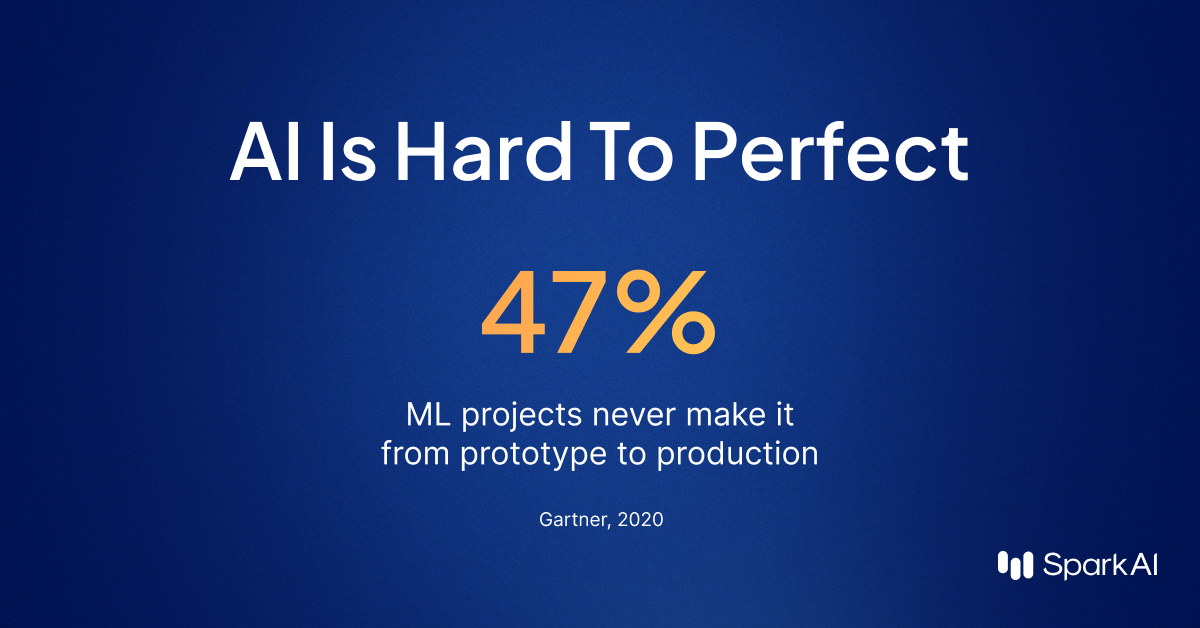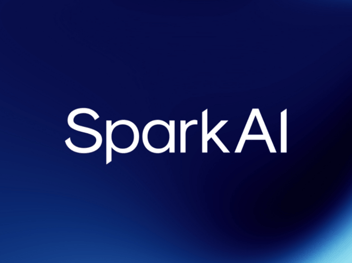Why Do AI Projects Fail?

Why Do AI Projects Fail?
Billions of dollars are poured into AI every year, yet most projects never make it out of the lab. With little to show for such a substantial investment, everyonefrom engineers and executives to investors is rightfully asking:
What’s holding AI back?
Edge Cases – A Critical Point of AI Failure
The real world is infinitely complex and constantly changing. This makes it difficult to build and commercialize AI products –robotic or otherwise – that perform accurately and reliably.
Every company doing anything interesting with AI, from warehouse automation to robotic delivery, faces this same reality: AI is hard to perfect.
Though AI products are trained for a variety of circumstances, the unstructured environments in which they operate – farm fields, warehouses, sidewalks, or inside homes – are inherently unpredictable. This makes it impossible to train for the long-tail of all potential scenarios, known as edge cases.
What are AI edge cases (and other key AI/ML terms)?
As a result, even the most advanced AI systems struggle to reason through the unexpected. At its core, the barrier is that AI is missing cognition. There is a fundamental cognitive gap in how AI models are built and trained, and we are several groundbreaking, once-in-a-decade innovations away from solving the edge case challenge. With safety, scalability, and reliability at stake, it represents a critical barrier to launch & scale.
Commercializing AI products today is about assembling building blocks. One of those building blocks is a solution for overcoming edge cases. AI cannot survive in the real-world without it.
The right edge case resolution strategy enables you to:
- Launch & scale your products today, with AI that’s still imperfect
- Overcome performance gaps preventing your product’s commercial viability
- Introduce new competitive features earlier than otherwise possible
- Offset the need for operationally intensive and expensive on-site human support
- Keep your engineering teams focused on highest value activities
- Accelerate performance of existing products to deliver more value to clients
What Are the Approaches to Edge Cases?
You cannot launch or scale a product that can’t deal with unexpected situations. Bringing AI products to life means filling this critical gap.
For AI innovators, then the question becomes: Which edge case approach should we use?
While there are several ways to approach edge cases, selecting the wrong one can:
- Degrade customer confidence and your brand reputation
- Delay your deployment – sacrificing revenue and ROI
- Negatively impact system performance
- Drain your resources and R&D spend
- Lead to potential safety and security issues
- Limit scale and business growth
- Create a competitive disadvantage
It's critical to understand the benefits and drawbacks of each approach.
-1.png?width=352&name=10-22%20Removing%20Obstacles%20(1)-1.png)

